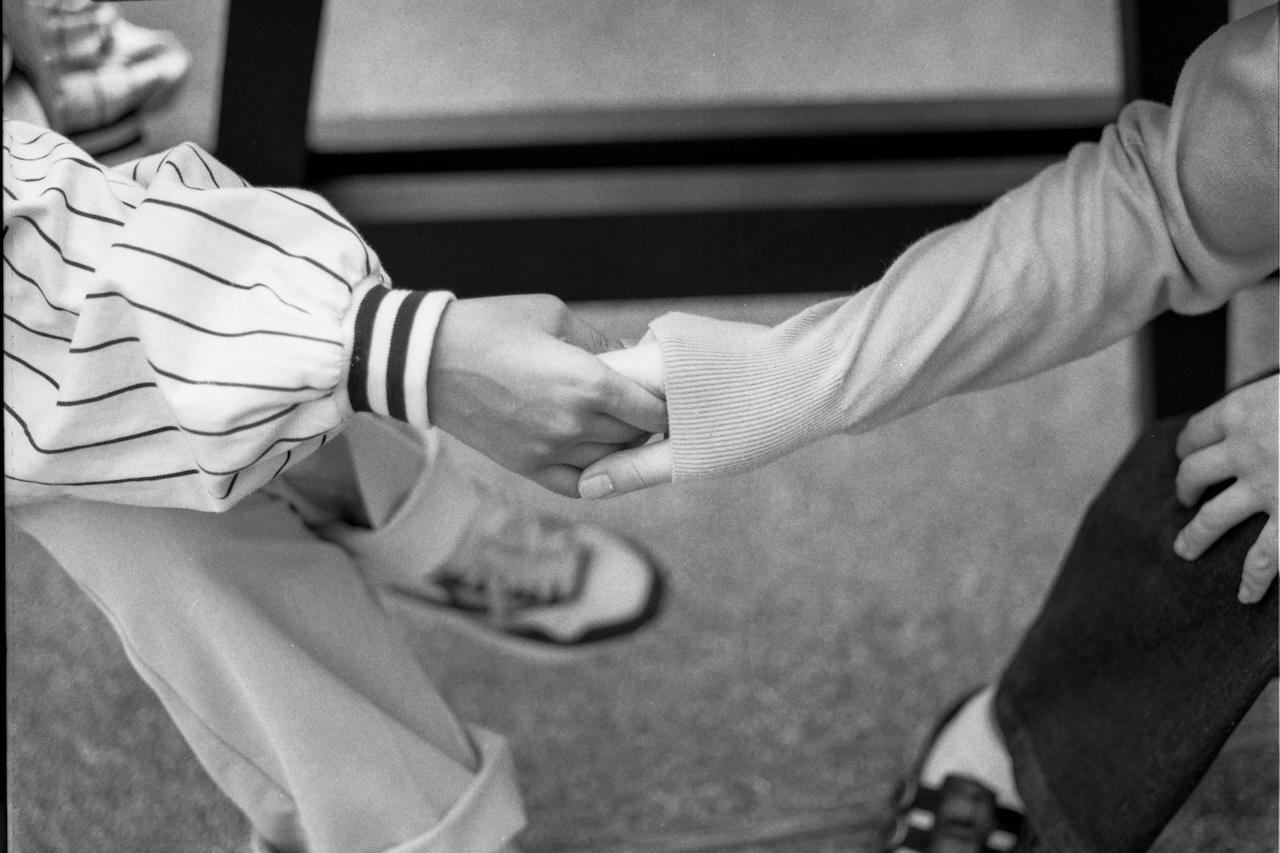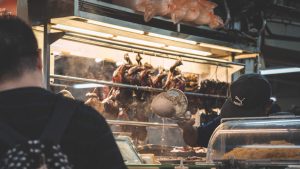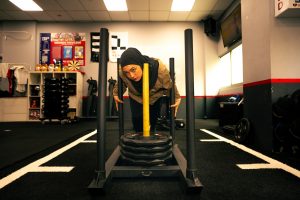All images by Isaiah Chua for RICE Media.
The looming spectre of Singaporean adulthood feels more daunting than ever. As I approach the final stretch of university, I can’t shake the feeling that I’m woefully unprepared for the challenges of working life.
And I’m not the only one. My peers are gripped by the same fear of being forced to grow up overnight. We’re all hurtling towards futures we’re meant to fill, yet there’s nothing in the syllabus that teaches us how to cope with a world that changes faster than we can catch our breath.
At first glance, the question seems simple: Can we still cling to the freedom and fun we once had while entering adulthood?
But peel back that layer, and you find a far more unnerving reality: an identity crisis that defines our generation. Gen Zs aren’t just battling self-doubt and inadequacy—we’re staring down the overwhelming sense that the world is crumbling around us, and we’re powerless to stop it. The future feels bleak, and in many ways, so do we.
In our scramble for stability, we latch onto coping mechanisms—some helpful, others destructive—desperate to make sense of it all.
Why does adulthood feel so different, so much heavier now? I dive into the challenges my fellow Gen Zs face as we grapple with growing up, unpacking how our shaky sense of self and the pressures of success drive us to cope. Sometimes, in ways we’d rather not admit.

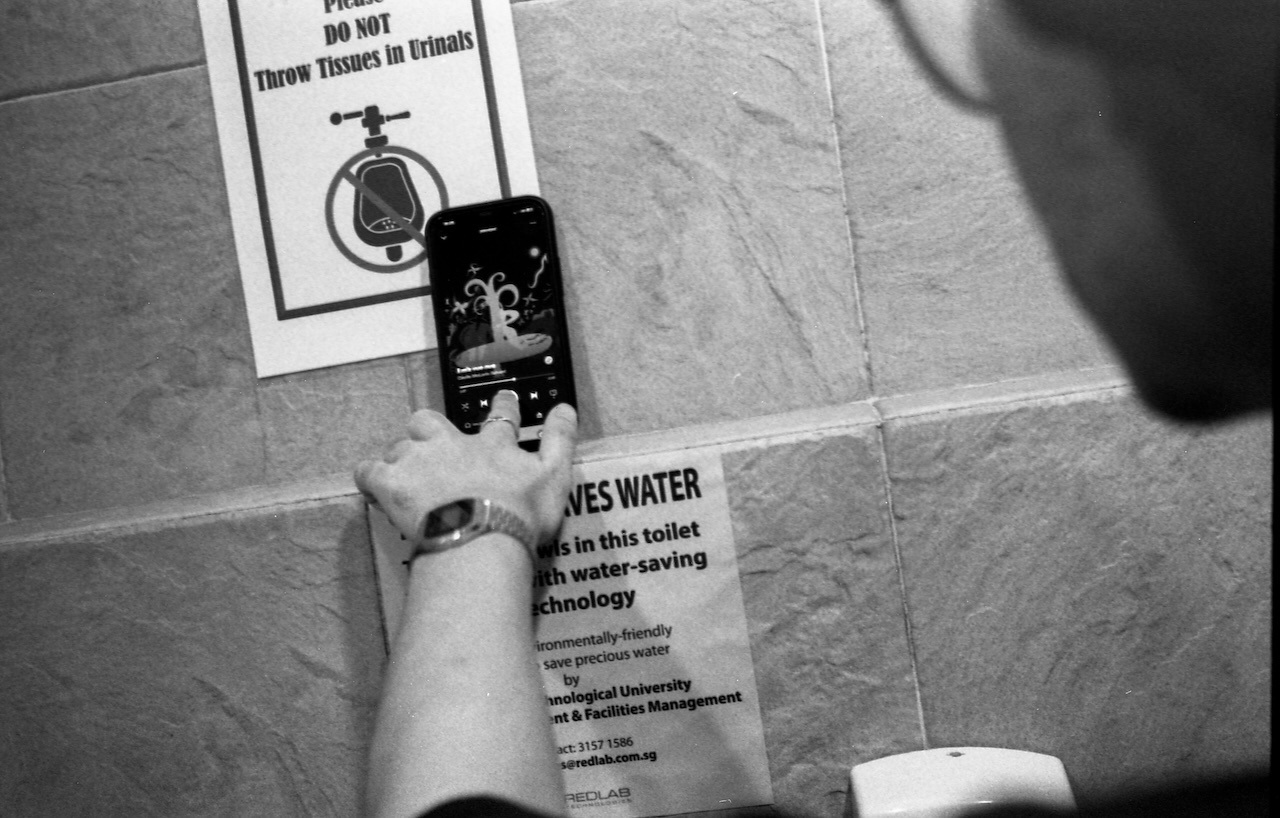



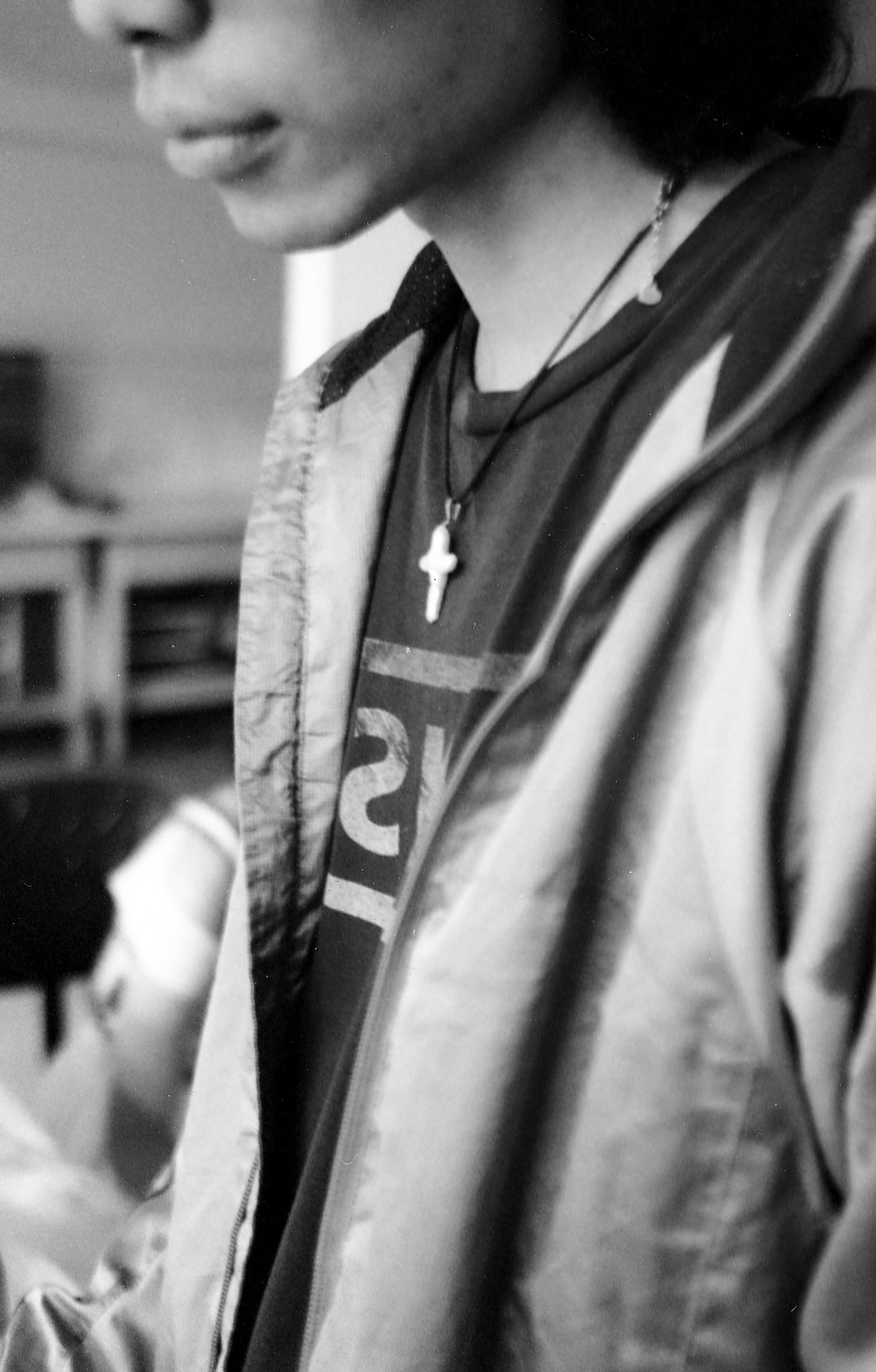


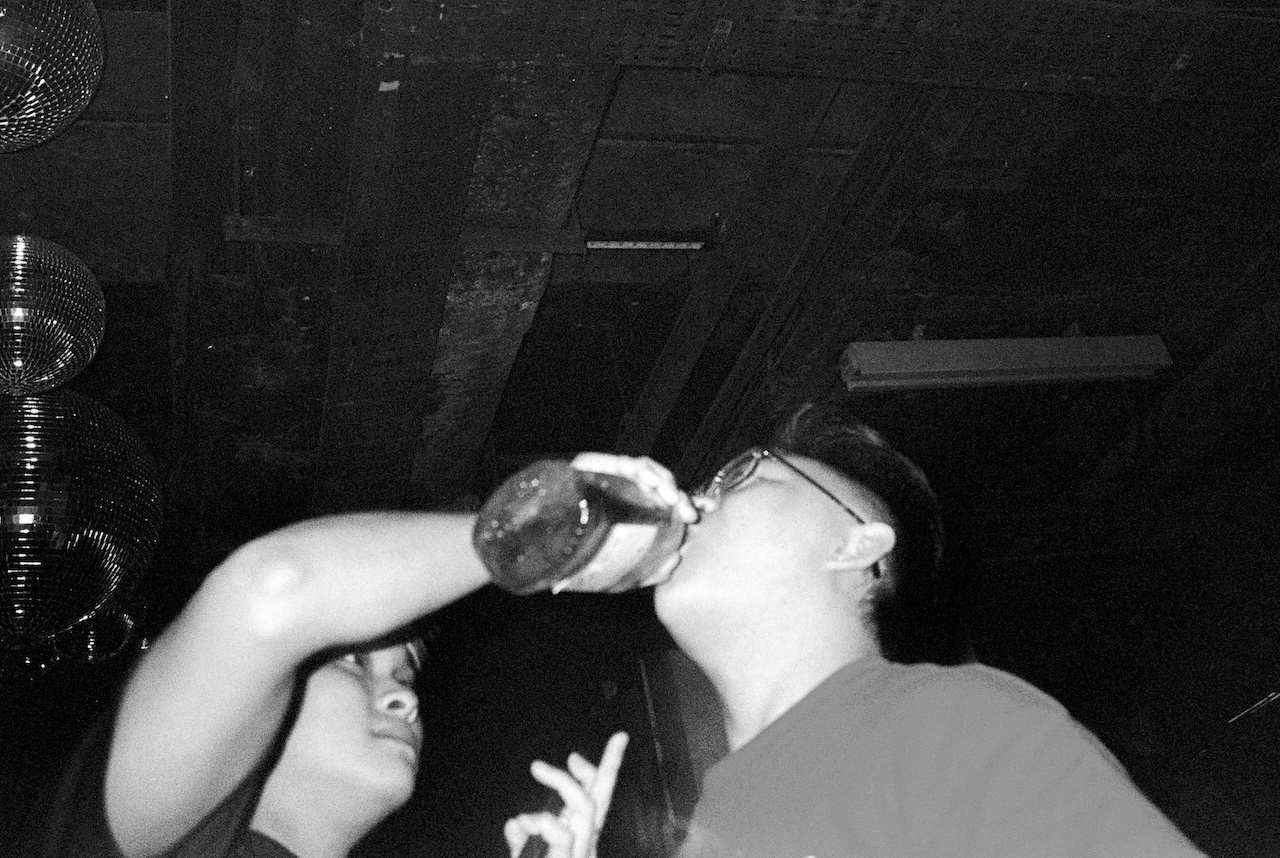



I. Reading with Nicole
When I think about ways to spend my free time, reading is rarely at the top of the list. Maybe it’s the lukewarm relationship I’ve had with literature since secondary school, but these days, reading doesn’t offer the kind of release or escape I’m looking for.
But for some of my peers, reading is more than a pastime—it’s a lifeline, a way to carve out pockets of peace amidst the chaos of university life.

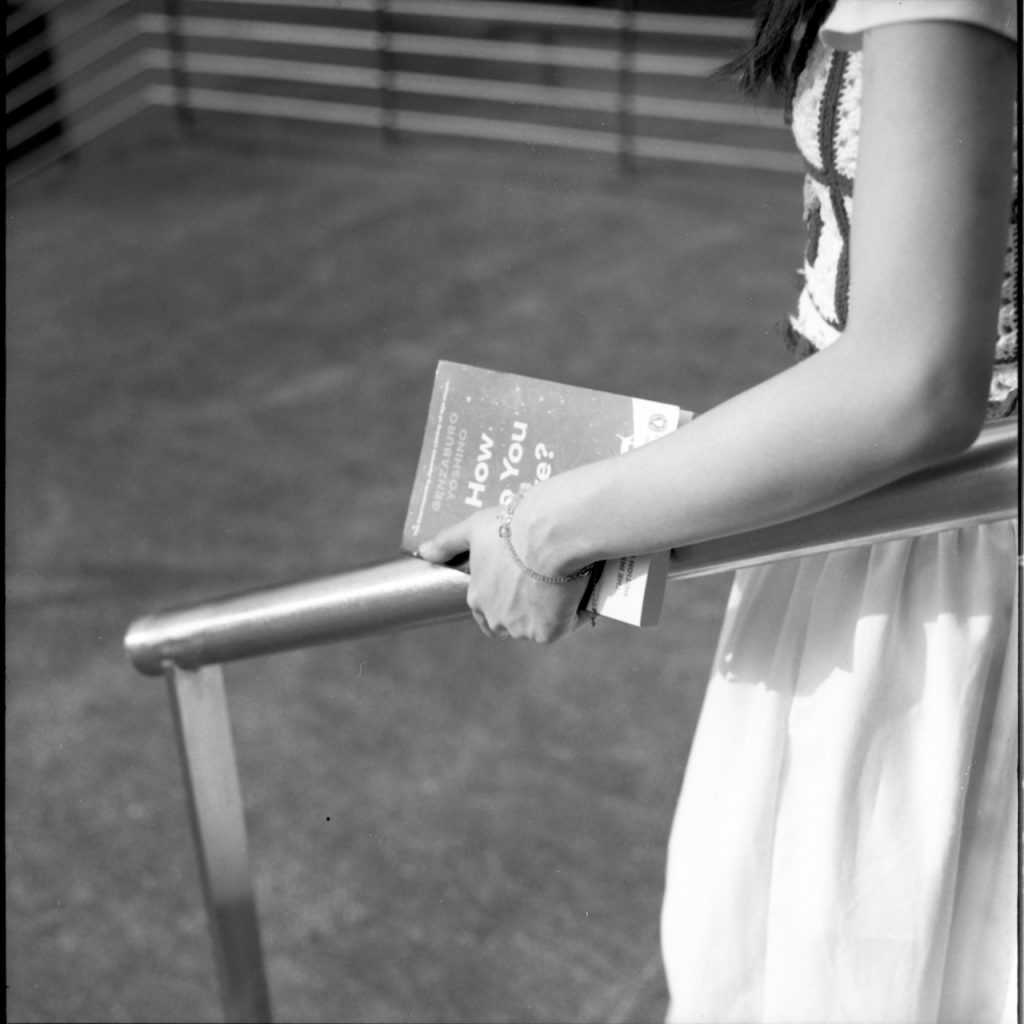
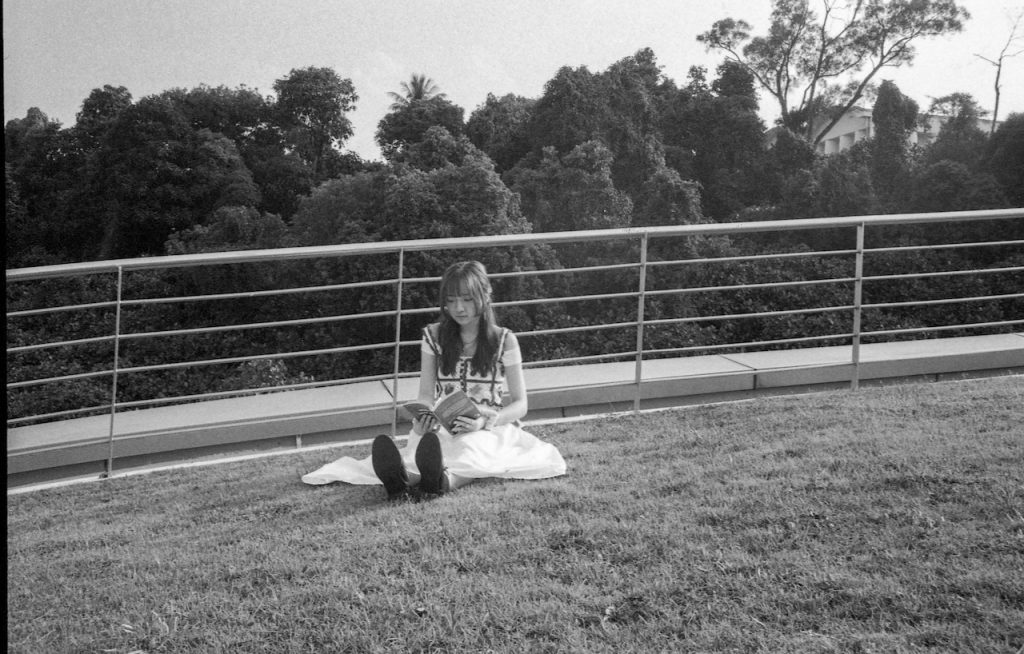
Take Nicole, for example. With long commutes to and from campus, she finds herself with those precious but fleeting moments on public transport, moments she refuses to waste. Like many Singaporeans packed into an MRT train, it’s hard to sit idly by, completely disengaged. So, Nicole reads—fiction, mostly—and it’s in these short bursts that she finds a brief escape.
As the younger sibling in a family where success feels predetermined by her older sister’s accomplishments, Nicole is often weighed down by the pressure to measure up. The idle stretches of her commute could quickly turn into a mental minefield, but instead, she loses herself in books, turning a mundane ride into a chance to breathe and reset.
“During my commute, I have an hour of spare time. If I get a seat, I’ll read,” she tells me.
In the soft glow of morning light, a routine MRT ride transforms into something meditative. It’s hard not to notice how few people still read on public transport these days, with most eyes glued to phones. But for Nicole, reading is more than a distraction—it’s a source of new knowledge and worldviews.
She sticks mostly to fiction, though she’s dipped her toes into various genres. For her, fiction offers the purest form of escapism, the chance to step into a world completely different from her own. Yet, reading also broadens her horizons, exposing her to fresh ideas and unfamiliar perspectives.
“I enjoy reading because every author has their own style. Some are great; others put me right to sleep. I like exploring that and finding out which ones resonate with me,” she says. “It’s like self-discovery.”
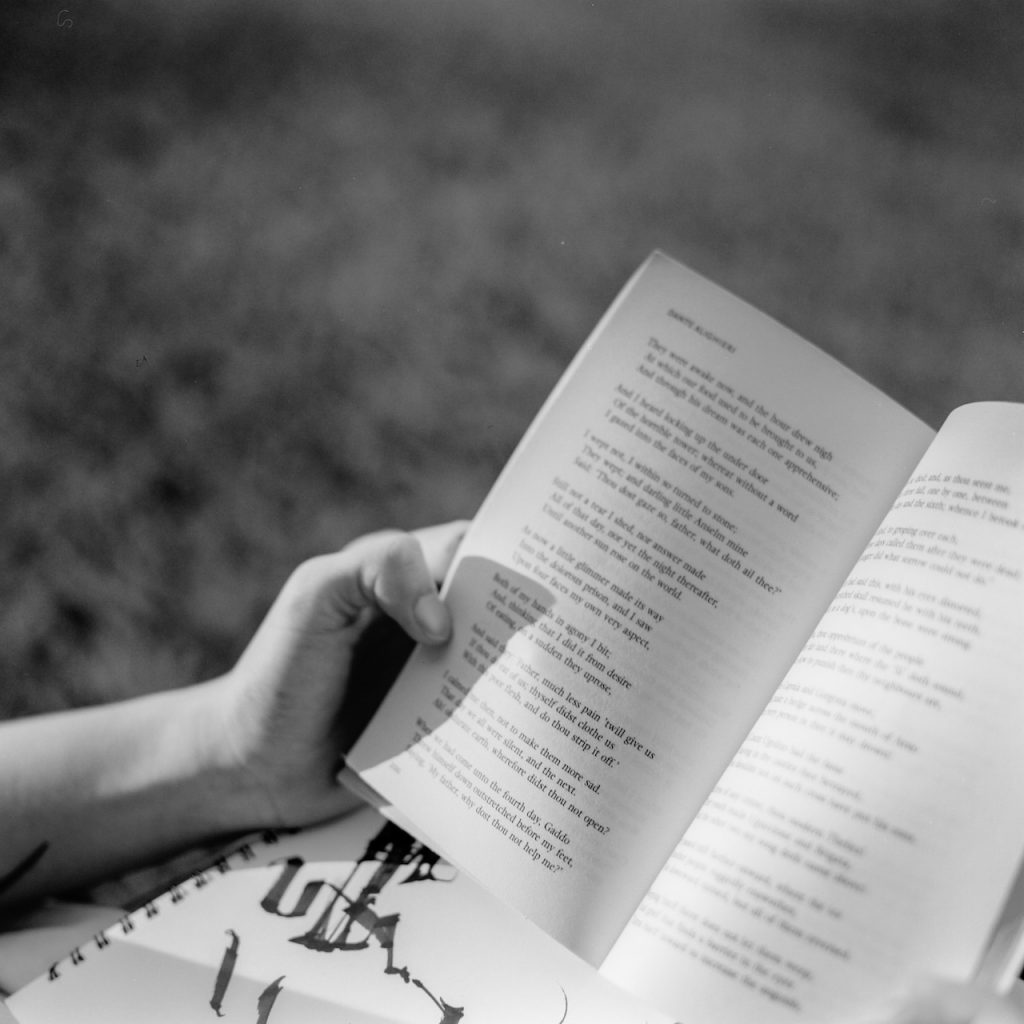
But finding the right book isn’t the only challenge. Nicole mentions that the high prices of books in Singaporean bookstores, along with limited availability at libraries, are other reasons why reading isn’t more popular.
She saves up for the books she truly wants to own, while borrowing others from the library to read for free. Despite the ease of e-books, she still prefers physical books.
“You can really immerse yourself. It’s hard to replicate that digitally,” she explains.
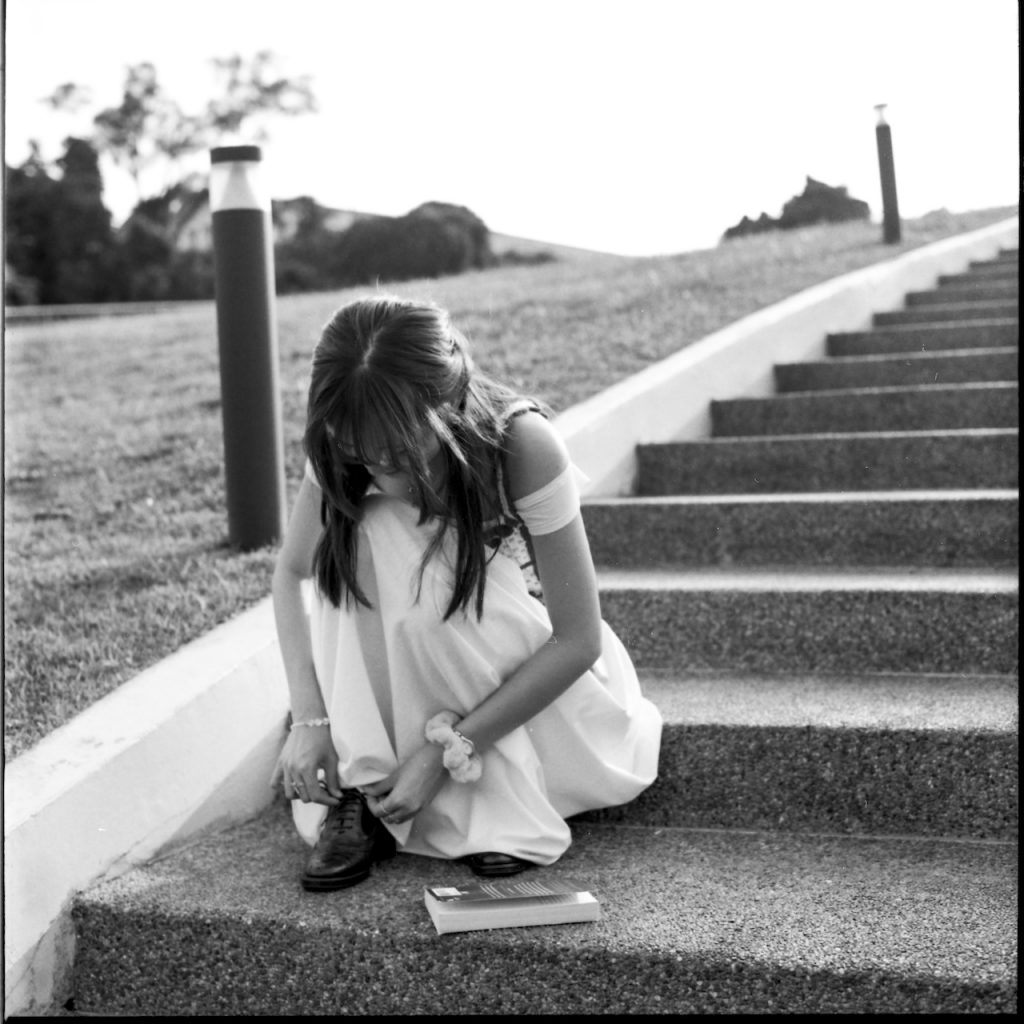
Talking to Nicole, I’m reminded of my own ambivalence towards reading. In my teenage years, nonfiction provided a form of catharsis, but studying literature turned reading into a chore, robbing it of its joy.
Nicole bluntly reminds me, however, that reading doesn’t have to be for everyone. For some, it feels like work—a task better left for school. But with book recommendations booming on Instagram and TikTok, there’s never been an easier time to discover something new.
And who knows, maybe a good book is just what we need to cut through the noise.
II. Drinking with John
If you’ve been through tertiary education, you’re probably familiar with alcohol as a common coping mechanism. Alcohol has become so readily available today that anyone can pick up a can of Strong Zero or a bottle of Roku Gin (just to name a few) without much inconvenience. Just a few messages on Telegram and clicks on Grab can do the trick.
Many of us, myself included, have joked about alcohol, with lines like “don’t weak, just drink” or “it’s just one drink,” often overlooking the serious consequences of alcohol abuse.
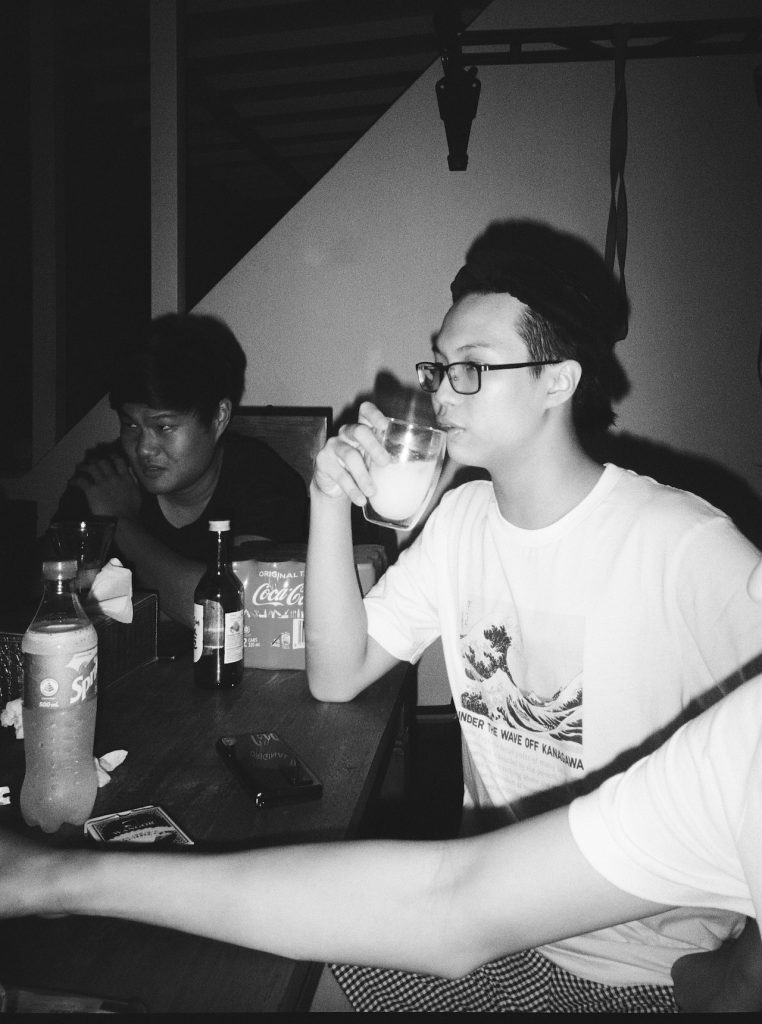

To understand this better, I spoke to someone who has used alcohol as a coping mechanism: John*.
John’s introduction to alcohol came with the newfound freedom of university life. Living on campus, away from his parents, he encountered alcohol in a hyper-social environment where drinking was not just accepted but encouraged. It seemed like a ‘fun vice’—a harmless activity that was a gateway to the more serious vices of the working world.
As an international student eager to fit in, John jumped at every social activity opportunity he could, with drinking becoming a central part of his social life.

“I felt that nowadays, the best way to make connections was to sit around, have a few drinks and talk for hours,” he says. “But it also acts as a way to escape reality.”
In university, alcohol often serves as a social lubricant, but John’s excessive drinking led to unwanted side effects. The immediate aftermath of these drinking sessions was a nagging guilt and neglected assignments. His academic performance suffered as he drank at least twice a week, barely finding time for rest.


After a semester of this, John had an epiphany. The lack of self-restraint and overconsumption of alcohol weren’t just hindrances—they were creating more long-term stress.
“Drinking isn’t intrinsically wrong, but it can be extrinsically bad if you don’t moderate yourself,” he reflects.
“The reason why I stopped was because I was having a lot of anxiety post-drinking, to the point that I couldn’t function properly. I realised the longer I don’t drink, the less anxious I feel.”
Recognising and breaking a bad habit, especially as a teenager, is a significant challenge. For many, the self-control needed to manage such desires seems unattainable. John’s experience illustrates a clear understanding that alcohol’s role in his life was limited to occasional social interactions rather than a daily necessity.
Not many can openly acknowledge the adverse effects of alcohol on their health and social life, so I appreciated John’s honesty.
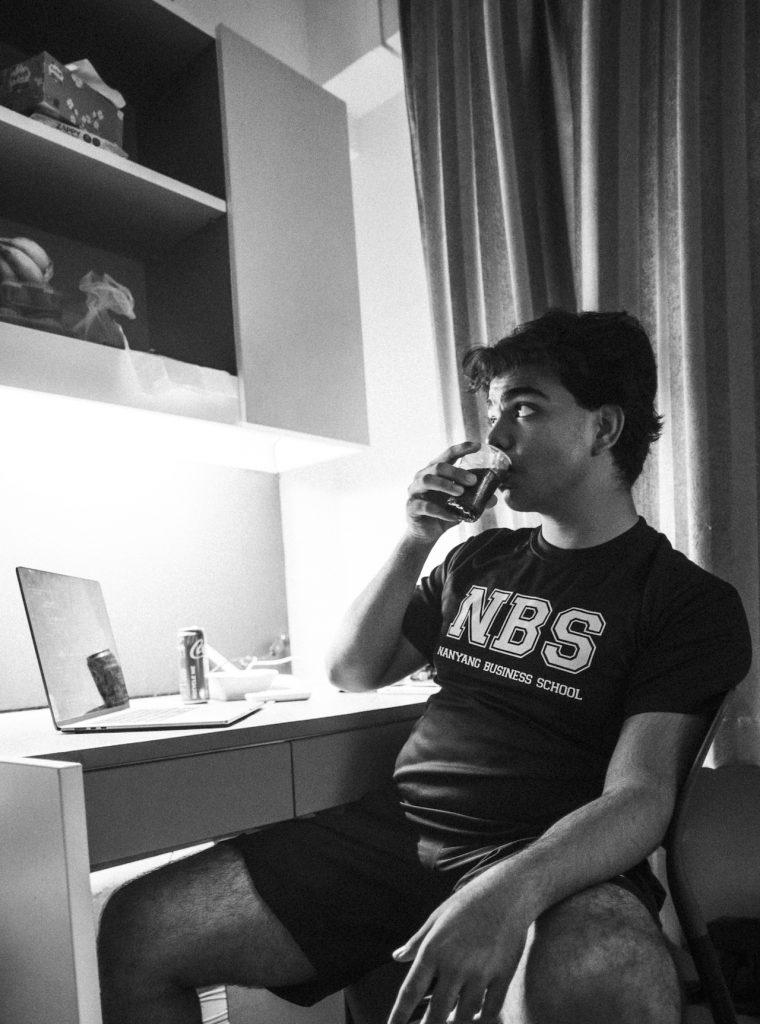
Today, John drinks in moderation, reserving alcohol for special events and occasional social gatherings. “I’ve grown to control my impulses a lot more now. I no longer am exploiting my freedom. I’ve become more responsible,” he says.
He now manages academic stress through late-night cycling, karaoke, and quality time with friends. Sans alcohol.
It’s been a full-circle moment for him.
III. Yoga with Maria
The steep fees for physical activities like yoga, bouldering, pilates, and spinning often make me wary. Personally, it seems like these classes attract people more for the social scene than for their actual benefits. And, of course, the Instagram flexing.
Curious to understand what truly keeps people coming back, I spoke to Maria, a dedicated yogi who practices three to four times a week at a studio she frequents between school and work.
Balancing a packed academic schedule with a part-time job, she has mastered the art of juggling commitments. She is a prime example of a student who has already reached the crossroads of studying and working.
For Maria, yoga isn’t just about the poses; it’s a grounding practice amidst her hectic life. She’s so passionate about it that she’s training to become a yoga teacher herself, eager to share the tranquillity and strength she’s gained.
“I practice yoga to give my body the peace and quiet it needs through movement and breath work,” she says. “It’s taught me that whatever I think I can’t do, I actually can.”
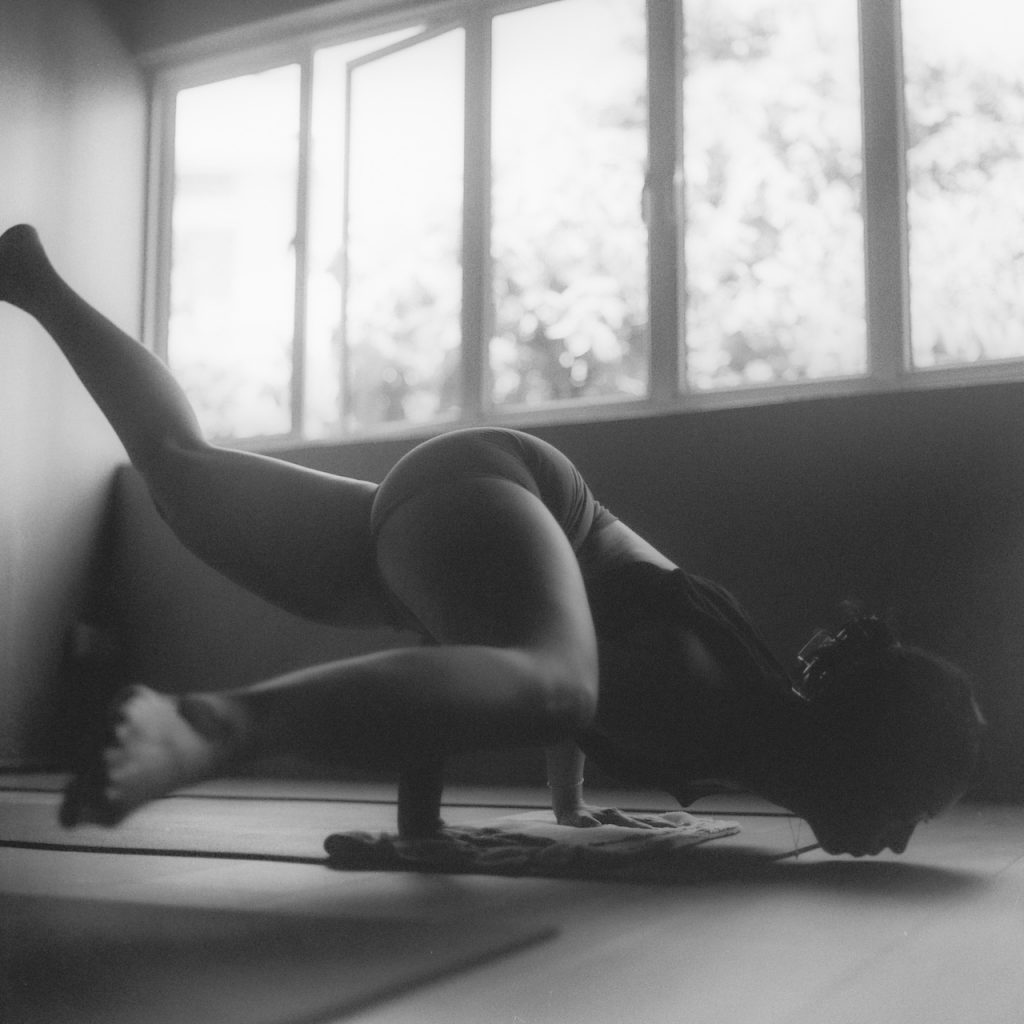
Watching Maria contort into challenging poses, I began to see why yoga captivates so many. After a few attempts of trying to achieve a complex pose (requiring a lot of core strength), she managed to hold it for a few seconds.
But it’s less about achieving a perfect pose and more about the journey of reaching it. Yoga’s actual value lies in the self-improvement it fosters, not just the image it projects on Instagram.
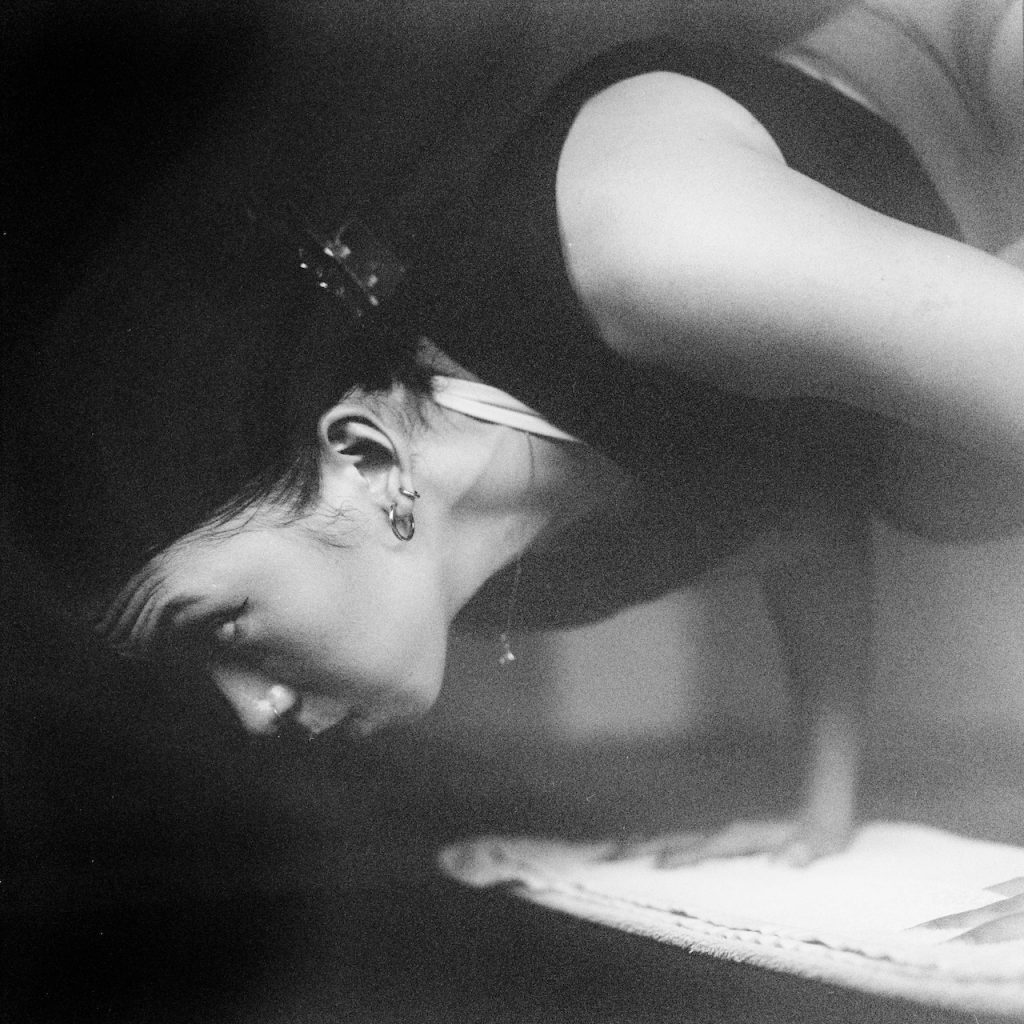
Maria explains that yoga encompasses various styles—kundalini, vinyasa, hatha, yin, bikram—each with its unique focus but all centred on movement.
“If you find some time for yourself and incorporate a bit of movement, you’ll likely discover peace and stillness within,” she advises.
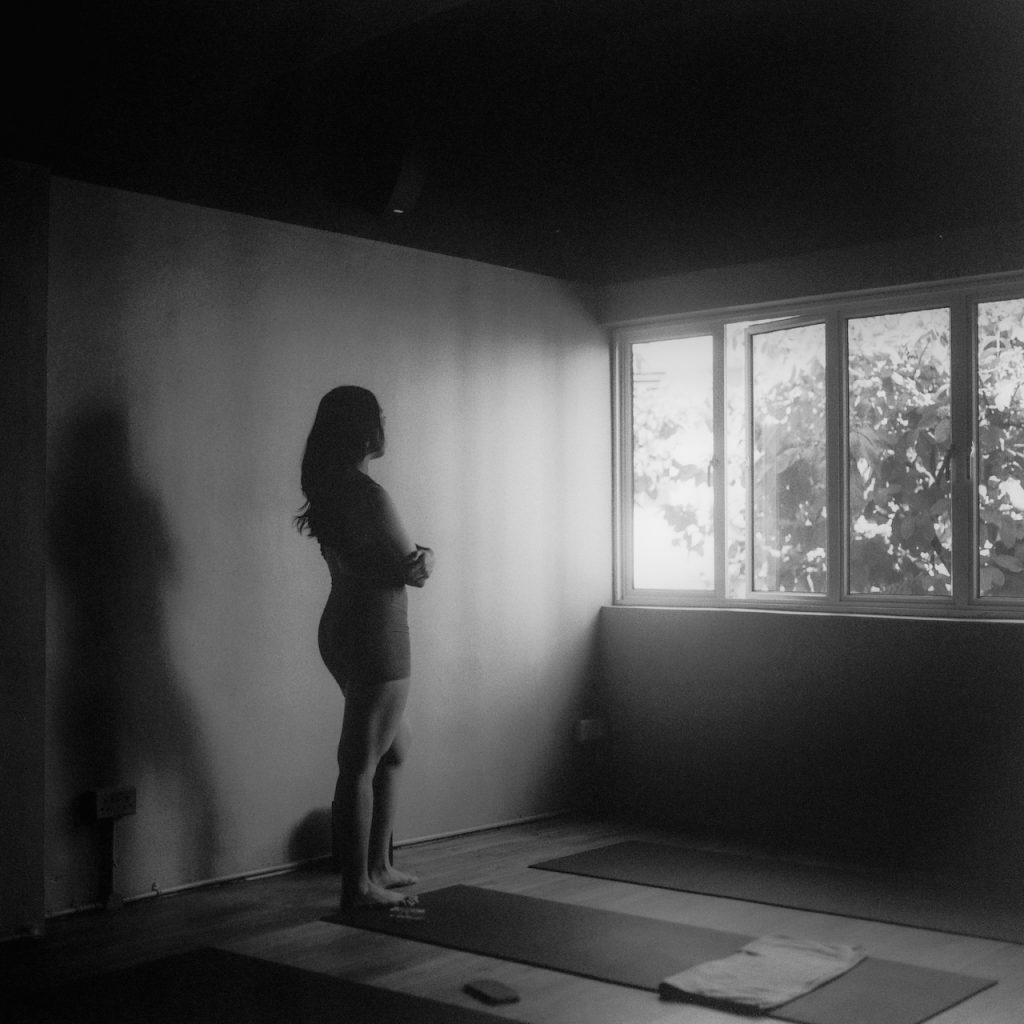
There are some pitfalls, though. Maria elucidates that as much as she recommends yoga as an activity to destress, she warns that many beginners have the misconception that yoga is easy stretching.
“The same people go to an advanced class as complete beginners and wonder why they are so out of breath. In the end, they blame the instructor for crafting such a difficult sequence.”
As a yoga teacher in training, she recommends newcomers to first identify their stressors and assess whether movement can help or if they need something else, like more sleep.
“Understand what’s causing your stress. Can it be alleviated through yoga, or would a different approach be more effective?”

My initial scepticism about yoga being just another trendy activity faded after speaking with Maria. It’s clear that yoga offers more than just a social media moment—it’s a legitimate tool for managing stress.
While studio classes do come with a price tag, the essence of yoga can be practised at home with just a mat and some good tunes.
IV. Smoking With Kurt
Smoking needs no introduction as a destructive coping mechanism. The instant relaxation nicotine offers can be seductive, but the cost is high.
Unsurprisingly, some of my peers have turned to smoking as a habit to cope with stress. Besides having to endure the acrid smell of the smoke, their habit often intrigued me because I couldn’t comprehend the reason why they smoked so often, especially when the risks were so obvious.
The rise of vaping has further complicated the landscape. Though touted as a safer alternative, it often serves as a gateway to nicotine addiction, especially among teenagers first exposed to nicotine in secondary school.
Kurt*, who began smoking almost daily while waiting for the academic year to start, initially dismissed addiction concerns.
Now, as he navigates the transition to adulthood, he reflects on his habit with a new perspective. He explains why he continues the habit by crudely comparing it to masturbation.
“It’s similar to orgasming. You experience it once, and you can get hooked on it. You feel like you have to do it again,” he says.
This analogy might seem crude, but it captures the essence of the habit: a quest for immediate pleasure that quickly becomes a compulsion. “I actually got used to the high, so now, it’s more like scratching an itch,” Kurt explains.

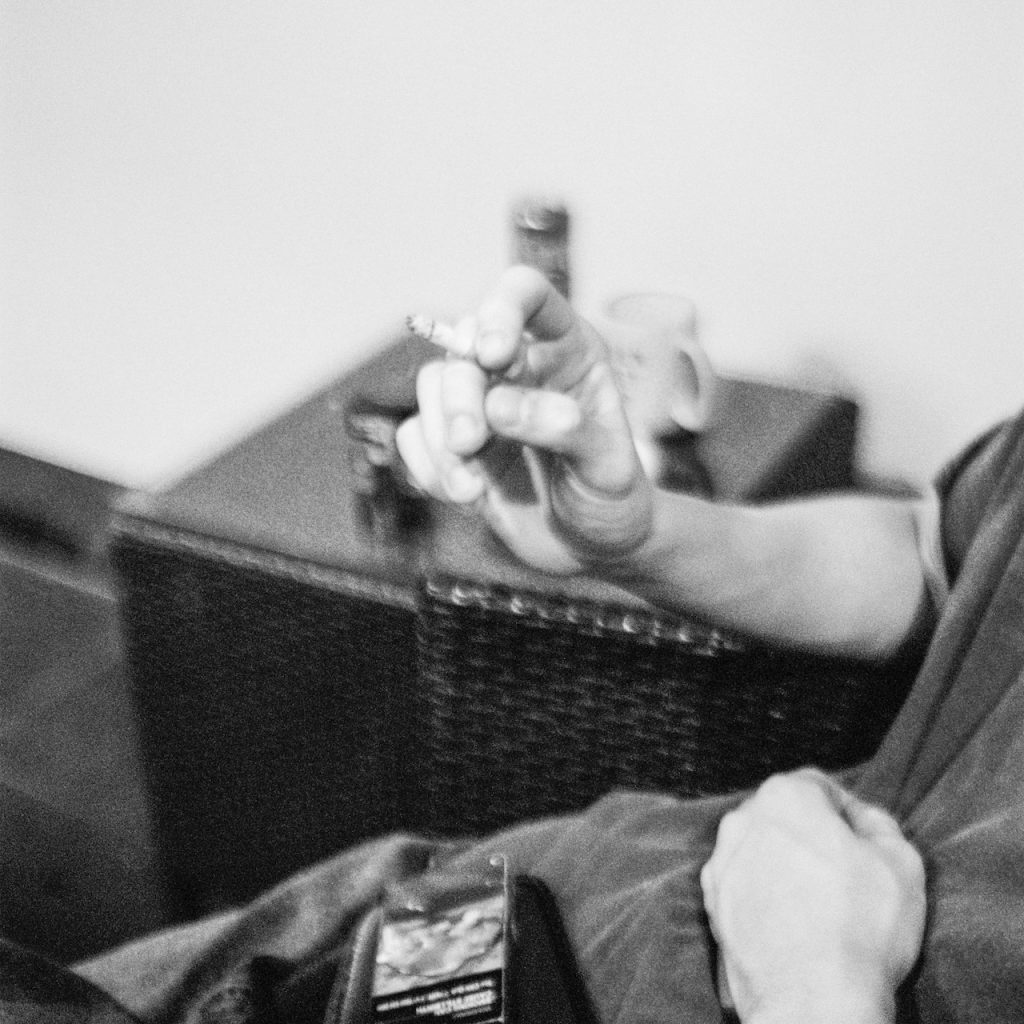
The realisation that smoking had become a habit—when the initial pleasure turned into a routine—was a turning point for him.
“People who start smoking often think it’s glamorous like the French do,” he jokes. The media has romanticised smoking, presenting it as a sophisticated escape, which has ensnared many young people in its allure.
Kurt’s story sheds light on the dual nature of smoking and vaping as a coping mechanism—a fleeting escape that can become a deeply ingrained habit with far-reaching consequences.
Kurt acknowledges this, noting, “If I weren’t smoking, I’d probably replace it with some kind of physical activity. I tried before, but I’m a lazy bum, so it didn’t work out.”
He shrugs. “I will quit smoking one day.”
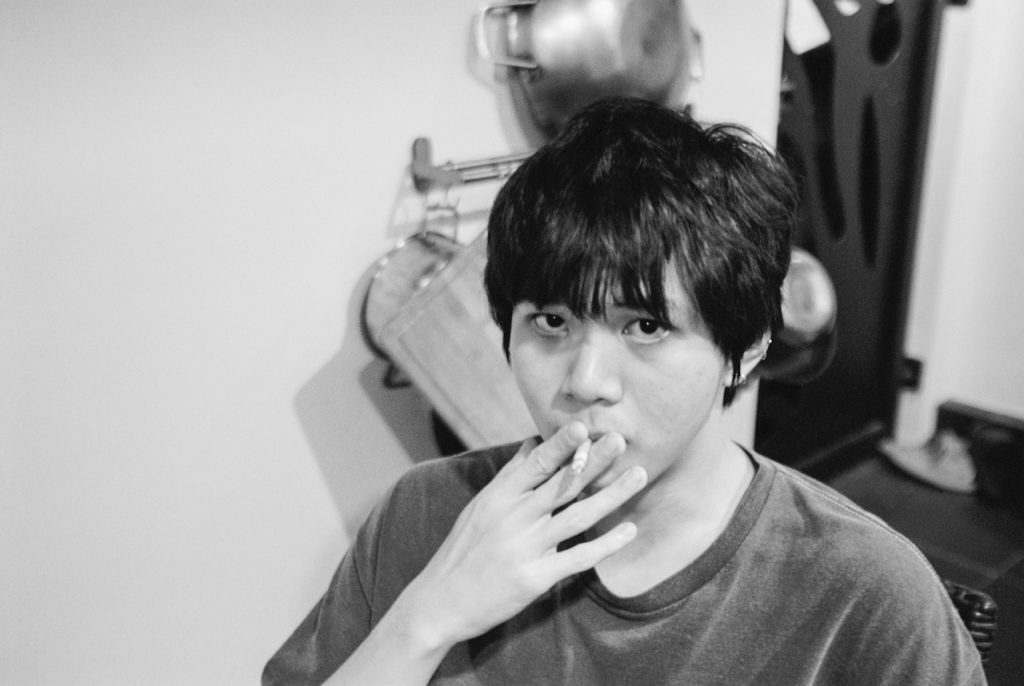
Between Coping and Overindulgence
Observing the varied ways my peers cope with the pressures of modern life, I found myself reflecting deeply on my own methods. As a Gen Z grappling with the daunting transition into Singaporean adulthood, I recognise a troubling pattern: the fine line between coping and overindulgence.
In my own life, I’ve noticed how seemingly benign habits can spiral into unhealthy addictions. Like Kurt’s reliance on smoking, I’ve seen harmless interests, such as collecting free items on Carousell, evolve into compulsive behaviours that add little value and often detract from my well-being.
John’s insight rings particularly true: coping mechanisms aren’t inherently problematic, but their impact can be profoundly negative if unchecked. Our generation faces a paradox where our already short attention spans and waning self-control make it hard to distinguish between healthy coping and harmful overindulgence. What should be self-care often feels like a chore, while vices become seductive distractions.
As we navigate adulthood, the coping strategies we choose will shape our futures. Unrestrained, even benign habits can evolve into addictions that erode our time and relationships.
So, as we stand at the brink of adulthood, the pressing question remains: Are our current coping strategies simply a way to escape, or do they edge dangerously towards overindulgence?
In a society that constantly pushes for more—more productivity, more success, more social validation—finding a balance between effective coping and overindulgence is crucial.
In a world demanding constant performance and validation, the true measure of our coping strategies lies in their ability to support our overall well-being and growth.


